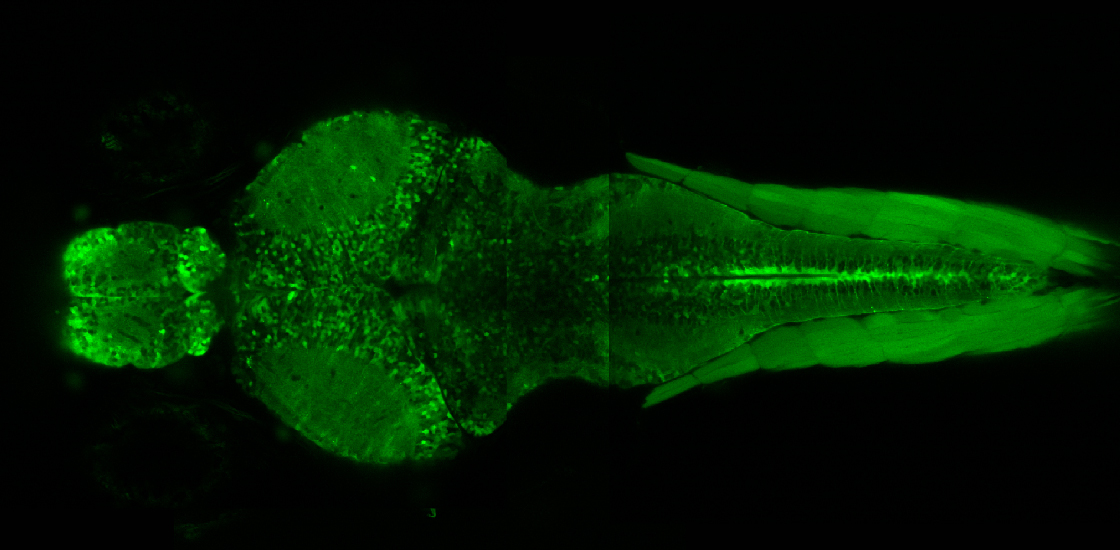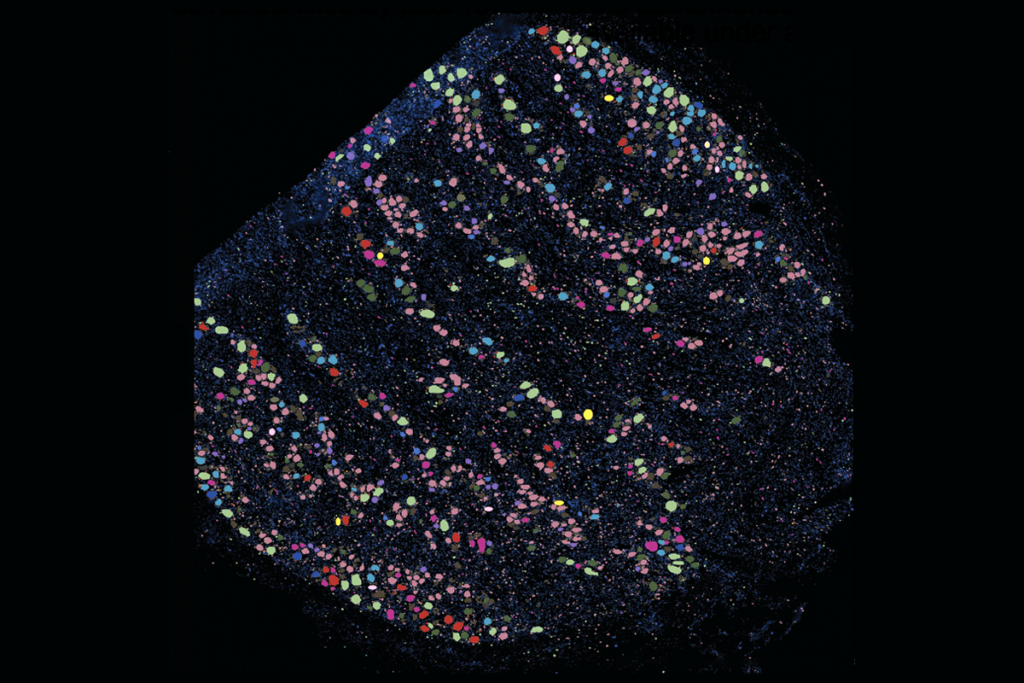Zebrafish show true colors as models for autism sleep studies
Sleeping zebrafish show two patterns of neuronal activity that are analogous to those in people.

Zebrafish show two patterns of neuronal activity as they sleep, and these patterns are analogous to rapid eye movement (REM) — or ‘dream sleep’ — and non-REM sleep in people1.
The findings suggest the fish could be used as models to study how sleep is altered in autistic people.
Zebrafish are often used in neuroscience research because their nervous systems and genetics are similar to those of people. And young zebrafish have transparent bodies, enabling researchers to see the fish’s neurons.
Zebrafish look like they sleep: They become almost still and are relatively unresponsive to external stimuli. But no one had measured their brains or muscle activity during this state.
The researchers genetically altered the fish so that their neurons glow when they fire. They immobilized two groups of these zebrafish — some sleeping, others awake — in a gel for two hours at a time. They scanned each zebrafish with a custom-built light sheet microscope that reveals the firing of single neurons and took pictures at multiple depths. They also used fluorescence to measure the fish’s eye, muscle movements and heart rate.
The recordings suggest that zebrafish have two distinct sleep states. One is characterized by a slow heart rate, few muscle and eye movements, and slow synchronous bursts of brain activity. These are similar to activity patterns during non-REM sleep in mammals.
In the other sleep state, zebrafish show a variable heart rate, relaxed muscles and traveling waves of brain and muscle activity similar to those seen in mammals during REM sleep. Zebrafish do not show the characteristic rapid eye movements that REM sleep is named for, however. The results appeared 10 July in Nature.
References:
- Leung L. et al. Nature 571, 198–204 (2019) PubMed
Recommended reading

New organoid atlas unveils four neurodevelopmental signatures

Glutamate receptors, mRNA transcripts and SYNGAP1; and more
Explore more from The Transmitter

‘Unprecedented’ dorsal root ganglion atlas captures 22 types of human sensory neurons

Not playing around: Why neuroscience needs toy models

